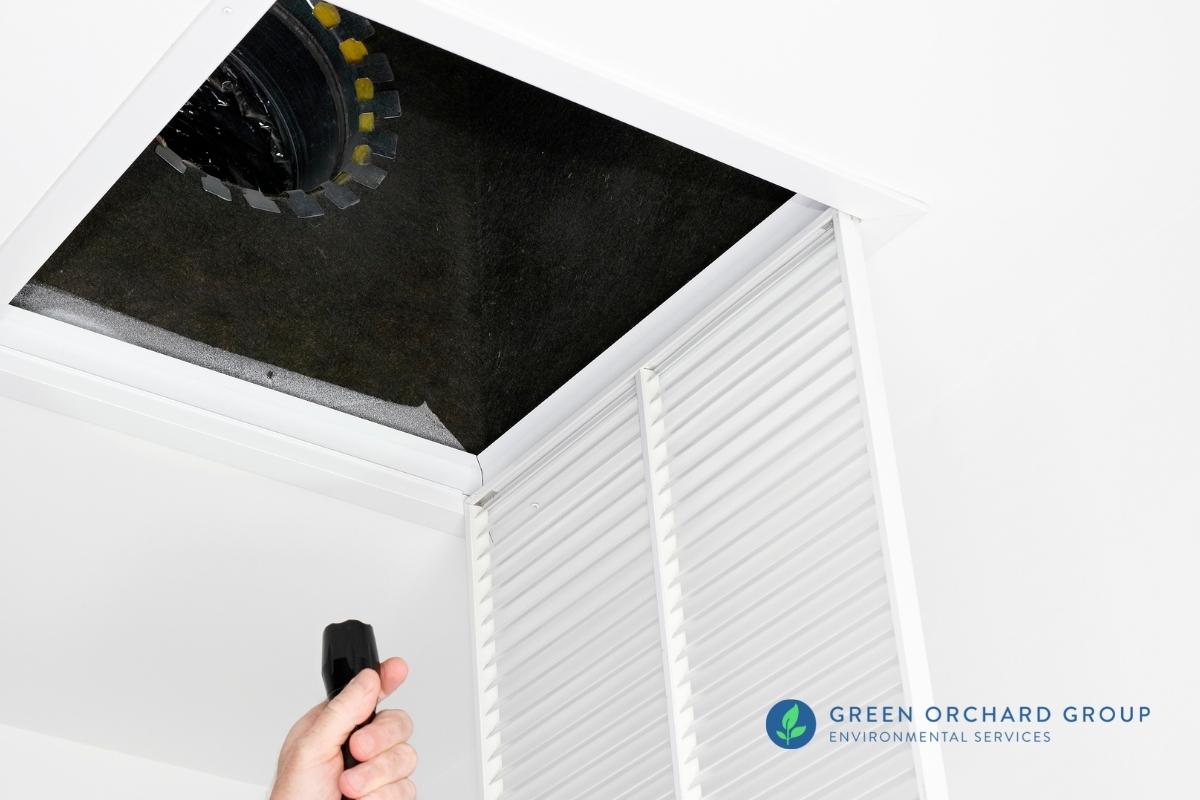Necessary Steps After Mold Remediation
Necessary Steps After Mold Remediation
Blog Article
Effective Article Mold Remediation Solutions for Your Home
Mold and mildew development in homes can be a relentless concern, typically calling for a systematic strategy for efficient post-remediation solutions. From understanding the aspects that add to mold growth to carrying out correct cleaning methods and moisture control actions, the procedure can be detailed yet vital for maintaining a healthy and balanced living atmosphere. what to do after mold remediation.
Recognizing Mold And Mildew Growth Factors
Mold development is influenced by a selection of variables that are essential to comprehend in order to successfully attend to and prevent its proliferation. Recognizing these elements is important in executing successful mold and mildew remediation techniques. The primary variable adding to mold development is moisture. Mold spores need moisture to prosper and germinate, making moist or moist atmospheres highly at risk to mold infestations. Poor air flow can additionally cause moisture accumulation, developing a suitable breeding ground for mold.

Furthermore, air movement and light exposure can influence mold growth. Locations that do not have appropriate air flow and all-natural light are extra vulnerable to mold and mildew growth. By dealing with these variables adequately, people can successfully alleviate mold and mildew development and safeguard their living settings.
Appropriate Mold Cleaning Strategies
Making use of effective cleansing techniques is necessary in stopping the recurrence and addressing of mold contamination in indoor environments. When managing mold and mildew, it is essential to prioritize safety by using protective equipment such as goggles, masks, and gloves. The first step in proper mold cleansing is to include the afflicted location to avoid the spread of spores to uncontaminated areas. This can be accomplished by sealing the space and using air scrubbers or negative air machines to keep air top quality.

Executing Wetness Control Actions
To efficiently stop mold and mildew development and contamination in interior atmospheres, applying dampness control actions is critical. Dampness is the key element that fuels mold growth, making it important to take care of humidity levels within the home. One reliable measure is to use dehumidifiers to maintain interior humidity levels below 60%. Furthermore, making certain correct air flow in areas susceptible to moisture buildup, such as restrooms and kitchens, can help lower the danger of mold and like this mildew development. Regularly checking and repairing any type of leaks in pipes, roofs, or windows is additionally important in avoiding excess wetness accumulation. Using exhaust followers while cooking or bathing, and allowing air circulation by maintaining furnishings somewhat away from wall surfaces can assist in moisture control. Making use of moisture-resistant materials in high-humidity areas, such as mold-resistant drywall and paints, can be beneficial. By carefully implementing these moisture control measures, property owners can properly minimize the possibility of mold recontamination and preserve a healthy indoor setting.
Utilizing All-natural Remediation Solutions
After effectively implementing dampness control measures to stop mold development in indoor settings, property owners can currently check out the performance of natural removal services in preserving a healthy living space. All-natural removal options utilize ecologically friendly methods to battle mold and mildew, making them a preferred choice for those looking for safe alternatives. By including these all-natural removal solutions into their cleaning routines, homeowners can successfully deal with mold and mildew growth while advertising a much healthier interior environment for themselves and their households.

Maintaining a Mold-Free Setting
Frequently checking locations prone to mold and mildew growth, such as shower rooms, attic rooms, kitchen areas, and basements, is crucial. Appropriate air flow in locations with high moisture levels is additionally key to stopping mold and mildew development.
Furthermore, preserving cleanliness in the home is important for mold prevention. Frequently cleaning and dusting surfaces, carpets, and upholstery can assist get rid of mold spores before they have a possibility to settle and multiply. Utilizing mold-resistant products for construction materials and furnishings can better assist in producing a mold-free setting. Last but not least, keeping indoor plants in check and guaranteeing proper water drainage in outdoor landscaping can minimize moisture accumulation, lowering the probability of mold invasions. over here By complying with these proactive maintenance practices, home owners can successfully maintain a mold-free space.
Conclusion
In conclusion, it is necessary to address mold and mildew development factors, utilize correct cleaning methods, implement dampness control measures, use all-natural remediation options, Recommended Reading and keep a mold-free environment in order to efficiently manage article mold removal in your house - Post Mold Remediation. By following these strategies, you can stop mold and mildew from reoccuring and ensure a healthy and balanced living setting for you and your family
The main aspect adding to mold and mildew growth is moisture. Mold spores call for dampness to grow and germinate, making moist or humid settings extremely at risk to mold and mildew infestations.To effectively stop mold and mildew development and contamination in interior environments, carrying out dampness control procedures is extremely important. Additionally, ensuring proper air flow in locations vulnerable to moisture accumulation, such as shower rooms and kitchens, can help decrease the threat of mold and mildew growth.After successfully implementing dampness control procedures to avoid mold development in indoor atmospheres, property owners can currently explore the efficiency of natural remediation solutions in maintaining a healthy and balanced living room.
Report this page